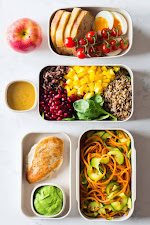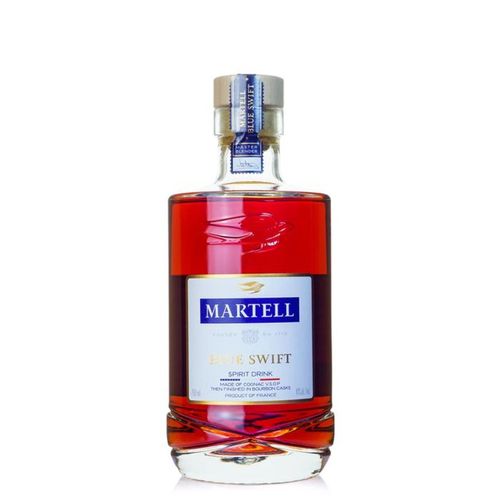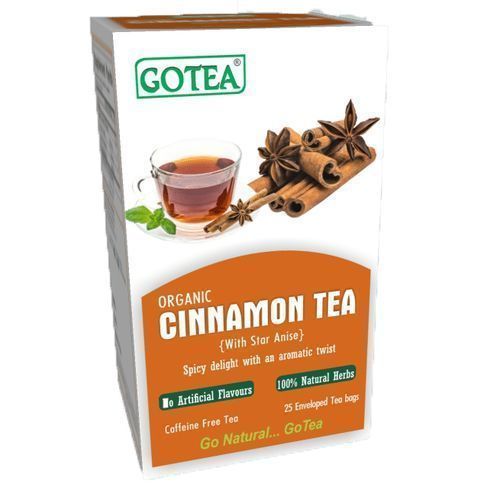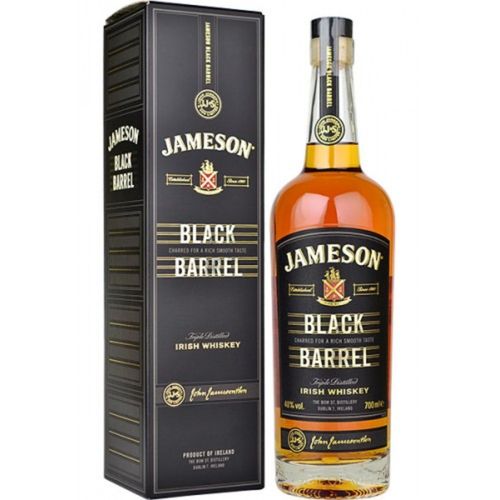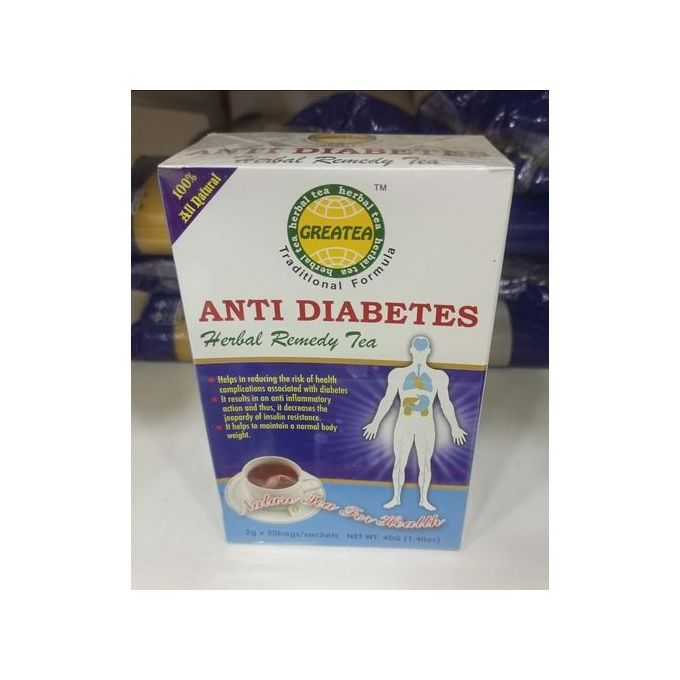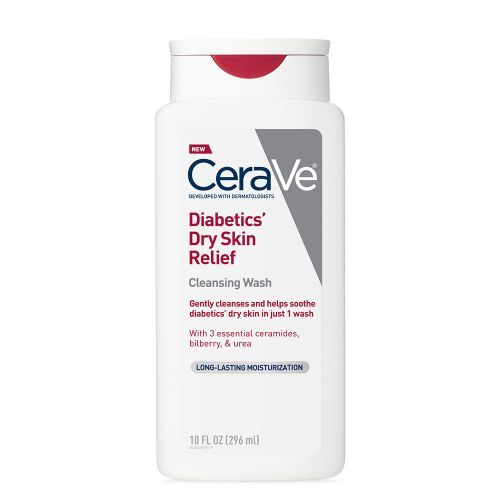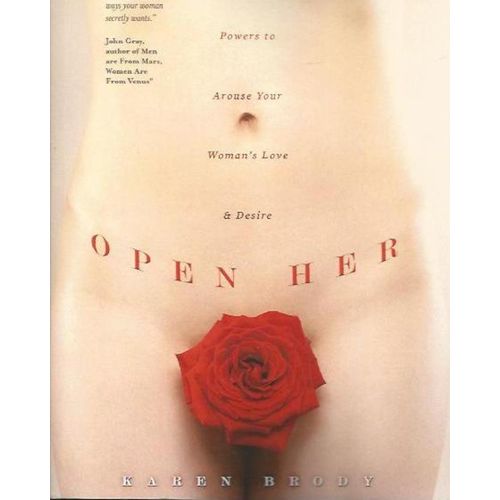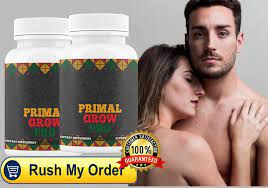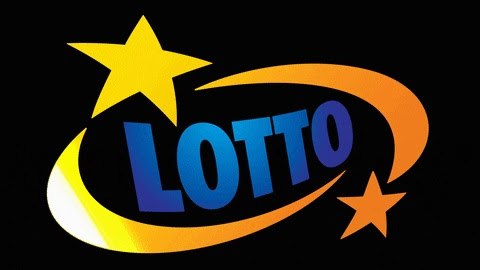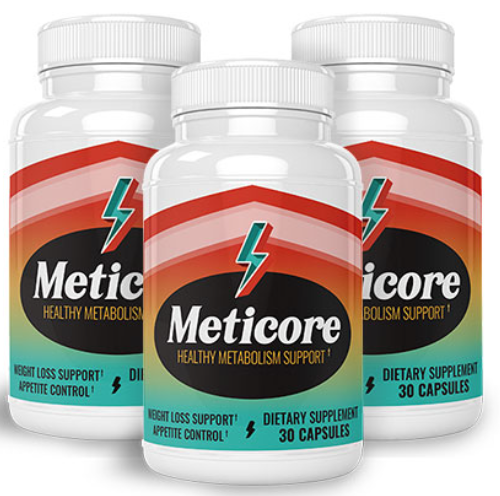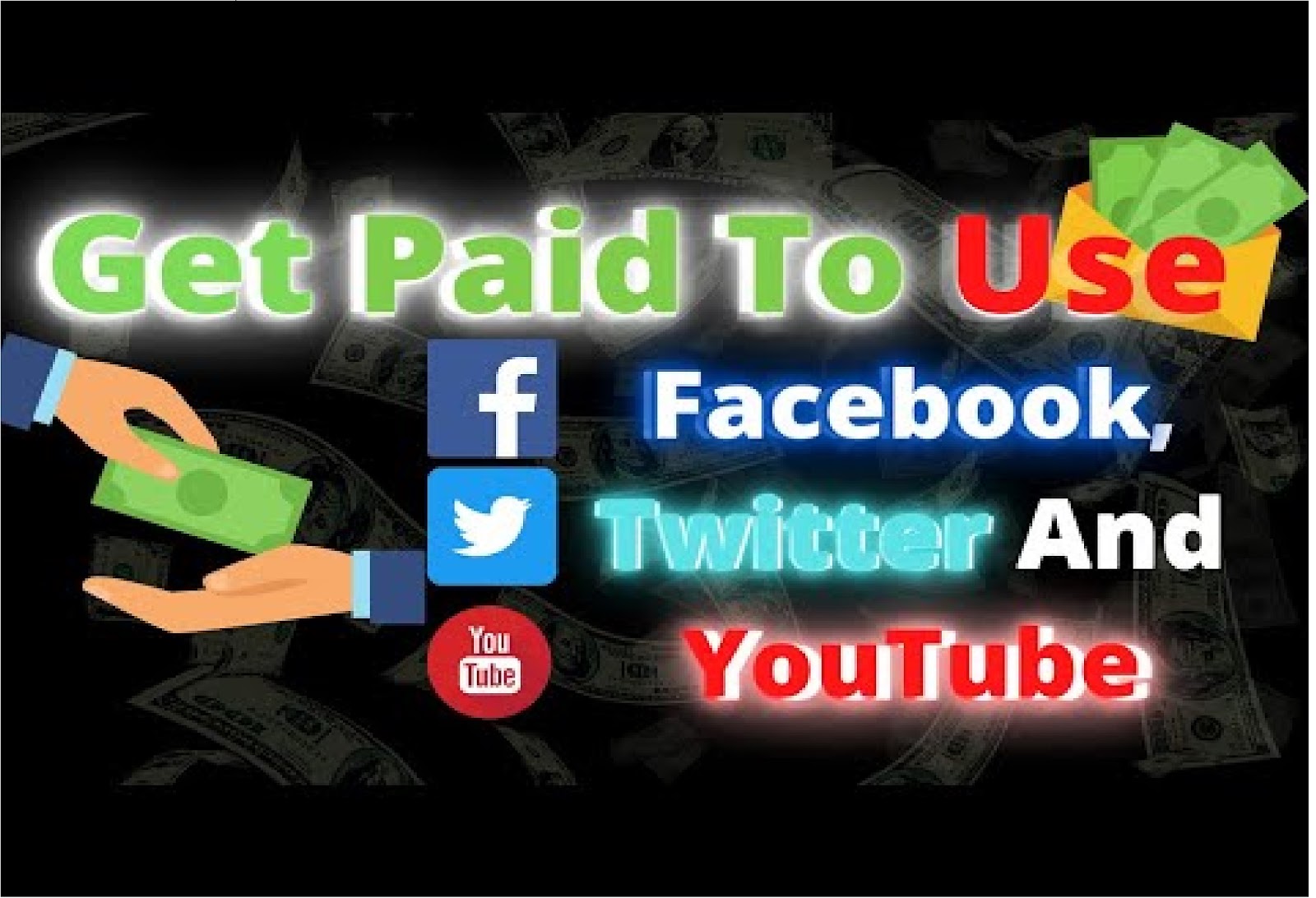The modern obesity epidemic wasn’t triggered by a collective breakdown in will power in the late 1970s. It happened because food manufacturers have
found more and more ingenious ways to make us buy their products. Like the tobacco industry, they know how to hook and hold their customers.
Junk food is clearly not addictive in the same way that cocaine is, but it shares some of its qualities. The pleasure you get from it is normally very short-lived. It is about compulsion. We eat junk food knowing it is bad for us. We do it because we can’t stop ourselves. The purveyors of junk food like to claim that it’s ok to have ‘a little bit of everything’ or ‘everything in moderation’. You wouldn’t say that about arsenic.
I love chocolate, particularly milk chocolate. My cravings for chocolate have nothing to do with hunger. There are times when I can be ravenously
hungry, be in a supermarket, and find it easy to walk past the prominently displayed racks of chocolate. There are other times, particularly late at night,
when I find myself prowling around our kitchen, looking in cupboards for the stash of chocolate that I think Clare may have left somewhere.
I have bought a bar of chocolate in a motorway service station, thrown it into the back seat to stop myself wolfing it down, then pulled into the next
service station to eat it. I have broken up a chocolate bar and thrown it in a bin and then, minutes later, started to root around in that bin. A particularly low point was when I ate my six-year-old daughter’s Easter egg.
Don’t tell me this behaviour is normal. These cravings are strongest late at night, when I am tired, but also when Iam stressed, upset or simply bored. I have tried to wean myself onto dark chocolate, but that doesn’t fulfil the same emotional needs. I am a chocaholic and suspect I will always be. Which are the most addictive foods and why? Some people claim that sugar is addictive, but even a moment’s thought will show you that can’t be true. I love sweet treats but even I don’t routinely bury my face in a bowl of sugar.
I recently tried eating a small bowl of sugar and began to gag halfway through the first tablespoon. It is not an experience I want to repeat. So what is it that so many addictive foods have in common?
In 2015, researchers from the University of Michegan decided to find out. They got 120 students, offered them a choice of 35 different foods, and asked
them to fill in the Yale Food Addiction Scale, a measure of how addictive you find a particular food. The foods were then ranked from 1 to 35 by the
students.
Not surprisingly, top of the list of ‘most addictive foods’ was chocolate, followed by ice cream, French fries, pizza, biscuits, chips (i.e. crisps), cake,
buttered popcorn and cheeseburgers. Somewhere in the middle were cheese, bacon and nuts, while at the bottom were salmon, brown rice, cucumber and broccoli. When you look at the list below, what strikes you? The first thing is that the highly addictive foods are also highly processed foods, designed to be absorbed very rapidly and give your brain an almost immediate dopamine (the reward hormone) rush.
In addition, they are the sort of foods that are heavily advertised, particularly to children.
But the thing that really sets them apart is that they are a mixture of fats and carbs. And not any old mixture. Broadly speaking, whether it is chocolate
or crisps, cake or cheeseburger, they are all made up of roughly 1g fat to 2g carbs. It is a ratio that we seem to find particularly irresistible.
The 2:1 ratio
Milk chocolate, per 100g – 30g fat, 58g carbs, 534 calories
Ice cream, per 100g – 12g fat, 24g carbs, 200 calories
French fries, per 100g – 15g fat, 32g carbs, 270 calories
Pepperoni pizza, per 100g – 10g fat, 30g carbs, 266 calories
Crisps, per 100g – 30g fat, 50g carbs, 536 calories
Sponge cake – 26g fat, 52g carbs, 460 calories
Buttered popcorn – 30g fat, 56g carbs, 546 calories
Cheeseburger – 14g fat, 30g carbs, 303 calories
As you can see, it is not an exact 2:1 ratio for all these foods, but it is pretty close. Why should that be? Well, one reason we find this particular ratio so appealing may be that we found it in the first food we ever consumed, breast milk. A 100ml serving of human breast milk contains around 4g fat and 8g carbs, making it surprisingly sweet.
In fact, milk is one of the very few natural foods that contains high amounts of fat and carbs all mixed together. Meat is high in fat and protein, but very low in carbs, while vegetables can contain lots of carbs but not much fat.
We aren’t the only animal who just can’t say ‘no’ to this killer combination. Lab rats, given access to lots of fat alone or carbs alone, will eat just enough to maintain a steady body weight. But if you give them unrestricted access to foods rich in both fats and carbohydrates, they will gorge and gorge until they are almost spherical.
Food manufacturers, of course, are well aware of our vulnerabilities and exploit them to sell us their products. Knowing this may not change your food compulsions, but at least it will help you understand why you go on craving food which is bad for you and may help you fight back. Ever since I told my kids some of the things that ‘Big Food’ has done to get us hooked, they have been less enthusiastic about going to places like McDonald’s.
Are you addicted to a particular food?
Try this short quiz to see how addicted you are to a particular food. More than three ‘yes’ answers and you may be in trouble. I try to avoid ice cream and crisps because I know that when I start I find it hard to stop, but the only food on the ‘addictive’ list I have real problems with is chocolate.
Thinking about chocolate, I said ‘yes’ to questions 1, 2, 3, 4, 7, 9 and 10. Which gives me a score of 7. There is no other food I can think of where I would score more than 2.
1. When I start eating this food, I can’t stop and end up eating much more than I intended.
2. I keep on eating this food even when I am no longer hungry.
3. I eat to the point where I feel physically ill.
4. I find myself craving this food when I’m stressed.
5. If it isn’t in the house, I will get in the car and drive to the nearest shop that sells it.
6. I use this food to make myself feel better.
7. I hide this food so even those close to me don’t know how much of it I eat.
8. Eating it causes anxiety and feelings of self-loathing and guilt.
9. Although I no longer get much pleasure from eating it, I keep on doing so.
10. I have tried to give this food up but failed.
Add up your ‘yes’ answers. The more you gave the answer yes, the more hooked on carbs you are. I will be writing more about food cravings and how to beat them
In summary: The reason we are snacking more and eating more junk foods is no accident: junk food is packed with fat, sugar and salt. It has been designed to make us crave it. Eating lots of refined carbs – in the form of white bread, rice and pasta, as well as junk food – will keep your pancreas pumping out insulin.
RELATED POSTS
Why does
intermittent fasting work?
Basic Tips for
Intermittent Fasting
How Our Modern Diet
is Failing Us?
Why Should I Try
Intermittent Fasting?
The Basics of Eating on an Intermittent Fast
Using The Ketogenic Diet With Intermittent Fasting
Around the Web




